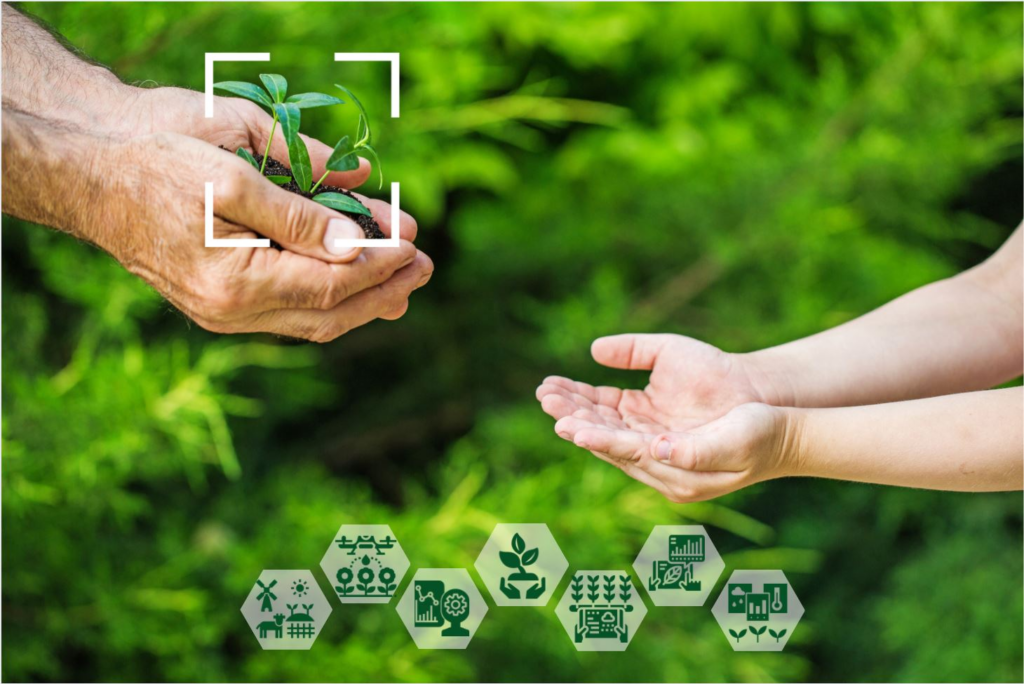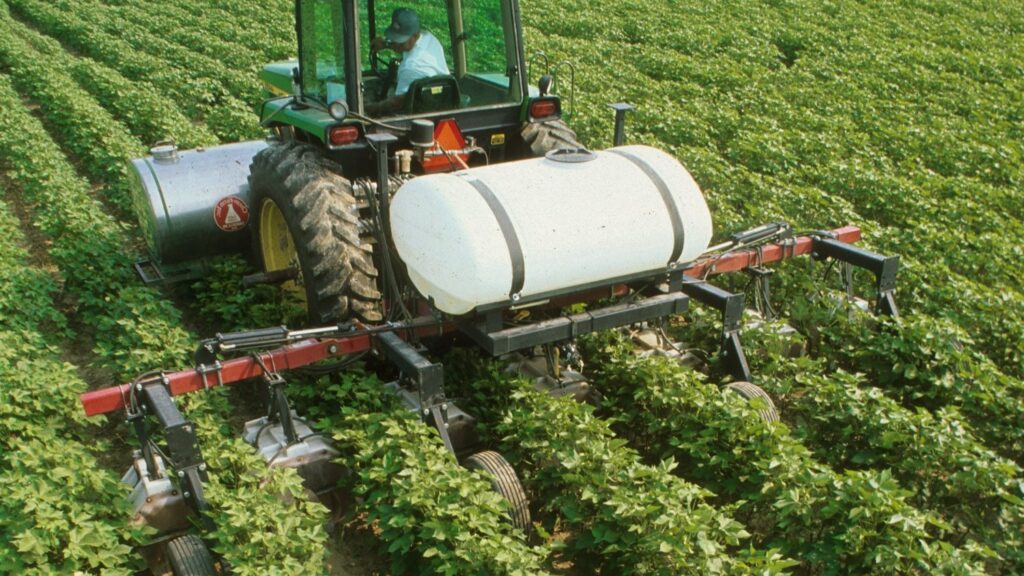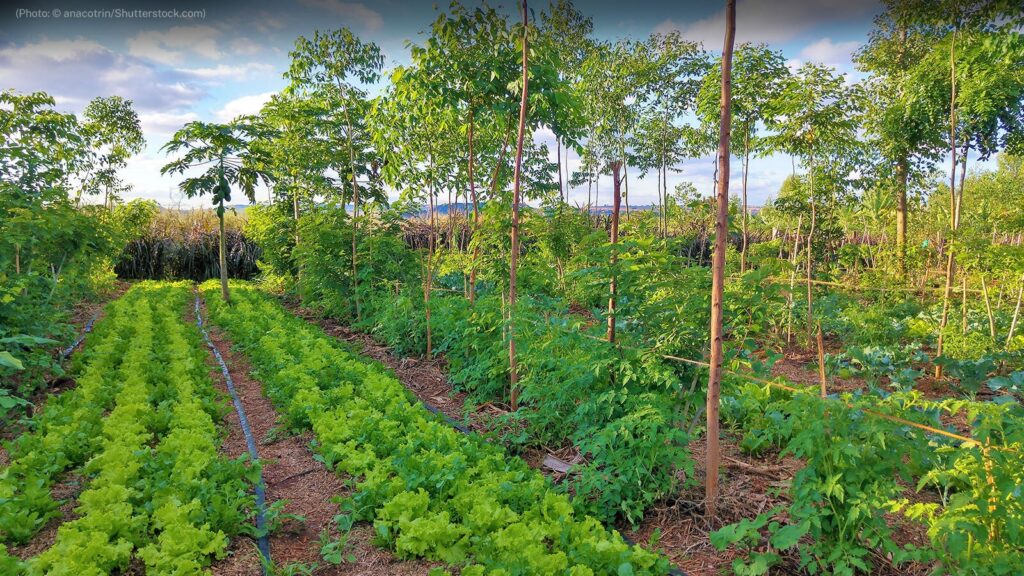In today’s fast-paced world, technology is not limited to just urban areas. It has also made significant inroads into the heartland of our society – farming. The integration of smart technology into agriculture has given rise to what is now known as “Digital Farming.” This revolutionary approach to agriculture is changing the way we cultivate crops and manage livestock, ultimately leading to increased efficiency and sustainability. In this article, we’ll delve into the world of Digital Farming, exploring how smart technology is cultivating success in the agricultural sector.
1. Introduction
Agriculture has come a long way from traditional farming methods. Modern farmers are now equipped with a powerful tool – technology. This article explores the transformation of agriculture through Digital Farming and its impact on productivity, sustainability, and profitability.

2. The Evolution of Farming
To understand Digital Farming, we must first look at how agriculture has evolved over the centuries. From manual labor to the industrial revolution, farming has seen significant changes. The digital age brings new possibilities, making farming smarter and more efficient.
3. What Is Digital Farming?
Digital Farming is the application of technology, data, and analytics to agriculture. It involves the use of sensors, drones, GPS, and other advanced tools to enhance farming practices. This approach enables farmers to make data-driven decisions for better outcomes.
4. The Role of Data in Agriculture
Data is at the core of Digital Farming. Farmers collect and analyze data on weather conditions, soil health, and crop growth. This information helps optimize planting, irrigation, and fertilization, resulting in higher yields and reduced resource wastage.
5. Precision Agriculture
Precision Agriculture is a key component of Digital Farming. It involves the precise application of resources such as water, fertilizer, and pesticides. By targeting specific areas, farmers can maximize crop growth while minimizing environmental impact.
6. Smart Irrigation Systems
Digital Farming introduces smart irrigation systems that monitor soil moisture levels and weather forecasts. These systems automatically adjust watering schedules, reducing water wastage and ensuring optimal conditions for crops.
7. Crop Monitoring and Management
With the help of drones and satellite imagery, farmers can monitor their fields with precision. They can identify areas that require attention, whether it’s pest control or nutrient supplementation. This proactive approach prevents crop loss and boosts overall yield.
8. Livestock Tracking and Health Management
Digital Farming isn’t limited to crops; it also extends to livestock. Smart collars and sensors are used to track the health and behavior of animals. This early detection system allows farmers to provide timely care and improve the well-being of their livestock.
9. Benefits of Digital Farming
The benefits of Digital Farming are abundant. It increases productivity, reduces environmental impact, and ensures food security. Moreover, it offers cost savings, data-driven decision-making, and the potential for sustainable agriculture.
10. Challenges and Concerns
Despite its advantages, Digital Farming faces challenges like data security, access to technology, and the digital divide in rural areas. Additionally, there are concerns about overreliance on technology and its impact on traditional farming practices.
11. The Future of Agriculture
The future of agriculture is undoubtedly digital. As technology continues to advance, we can expect even more sophisticated tools and solutions. Digital Farming will play a pivotal role in meeting the growing demand for food in a sustainable way.
12. Conclusion
In conclusion, Digital Farming is revolutionizing the agricultural sector. It empowers farmers with data-driven insights, enhances productivity, and promotes sustainability. Embracing smart technology in farming is not just a choice but a necessity for a prosperous future.



